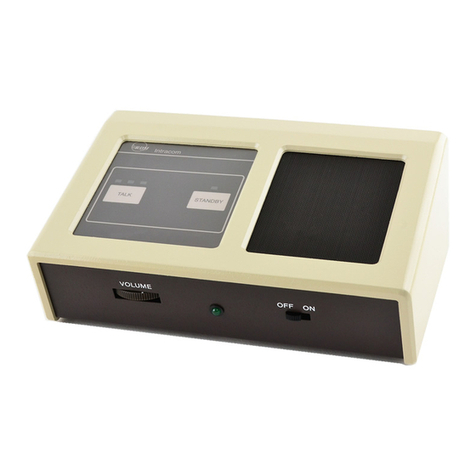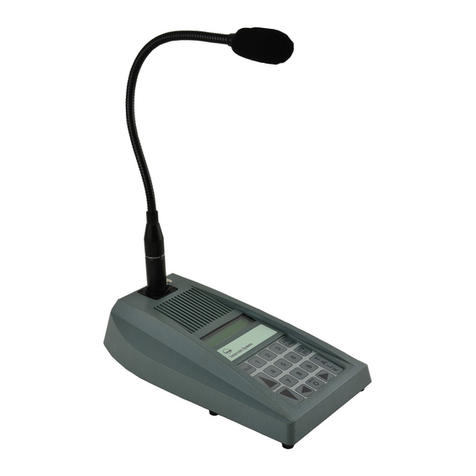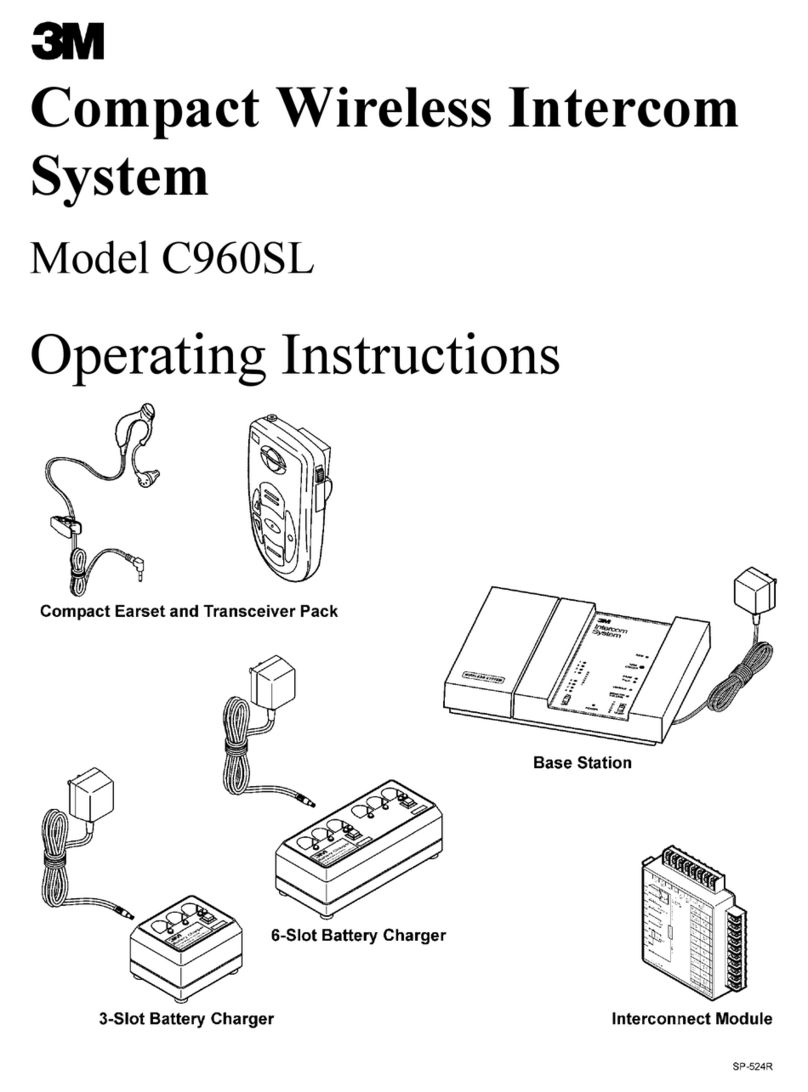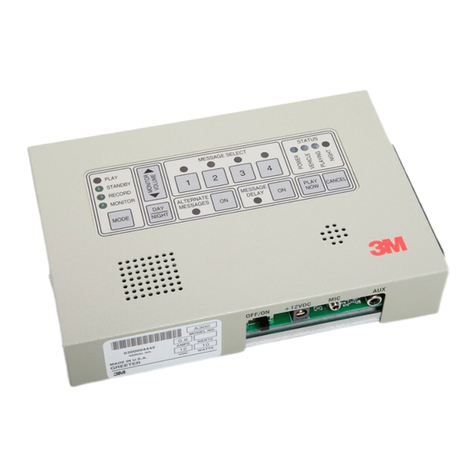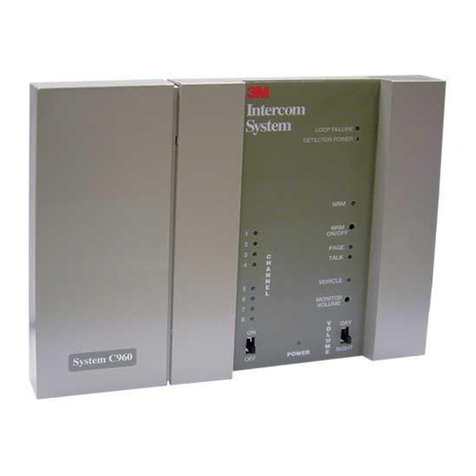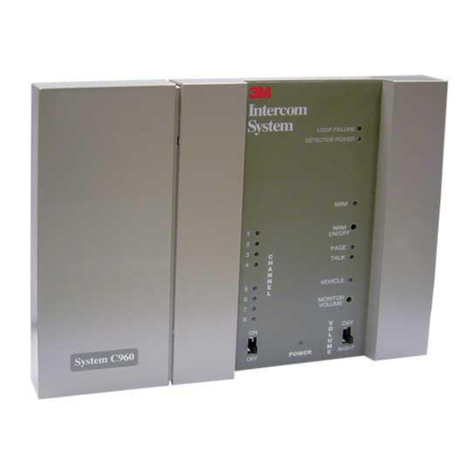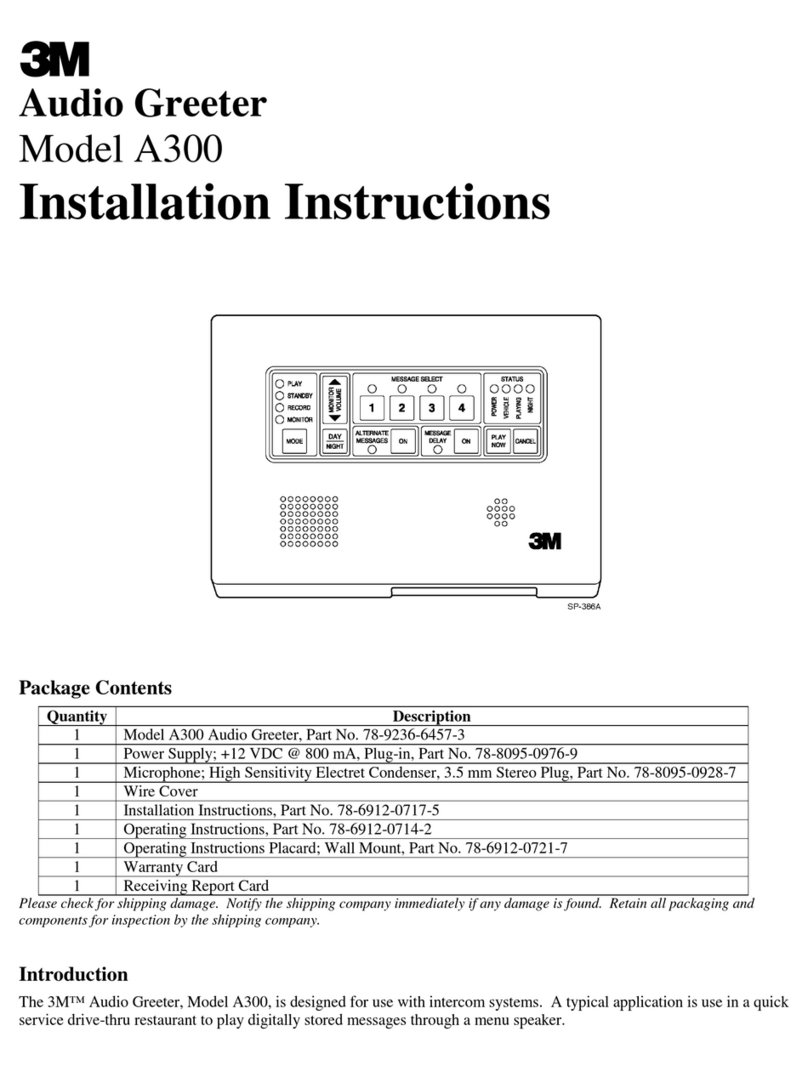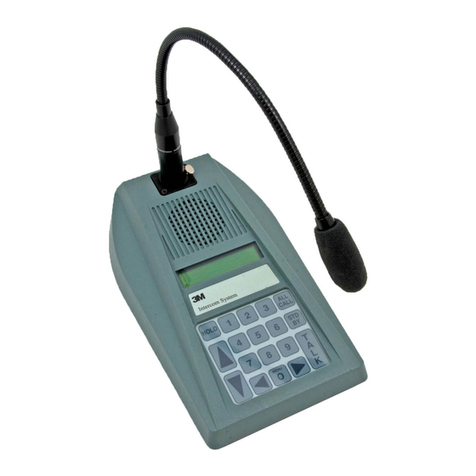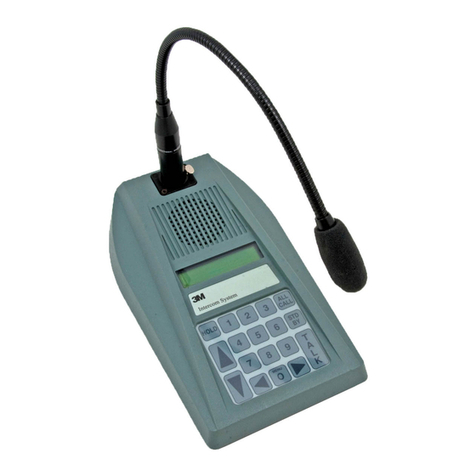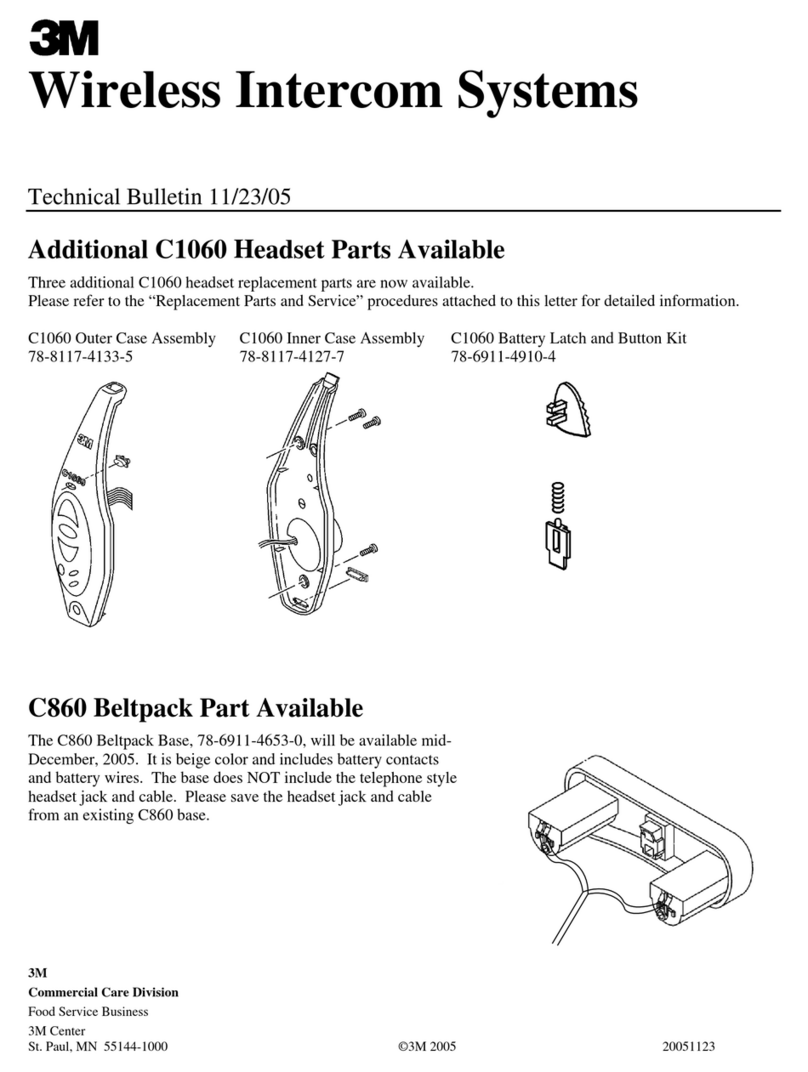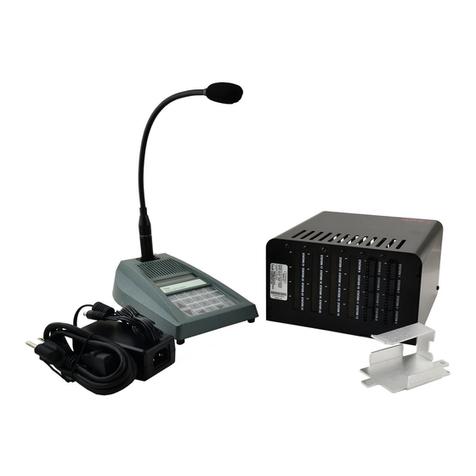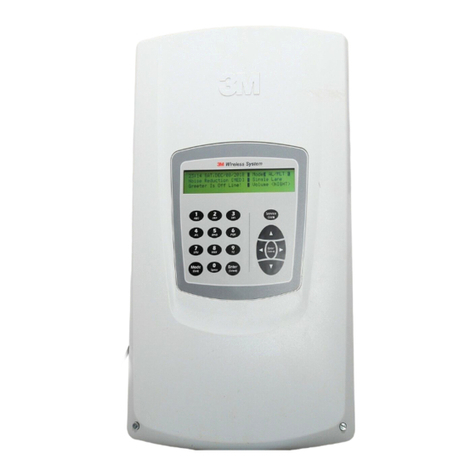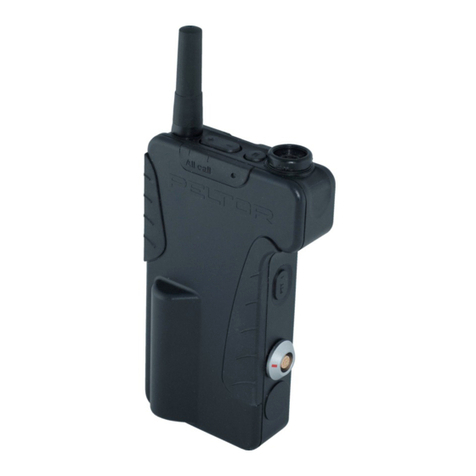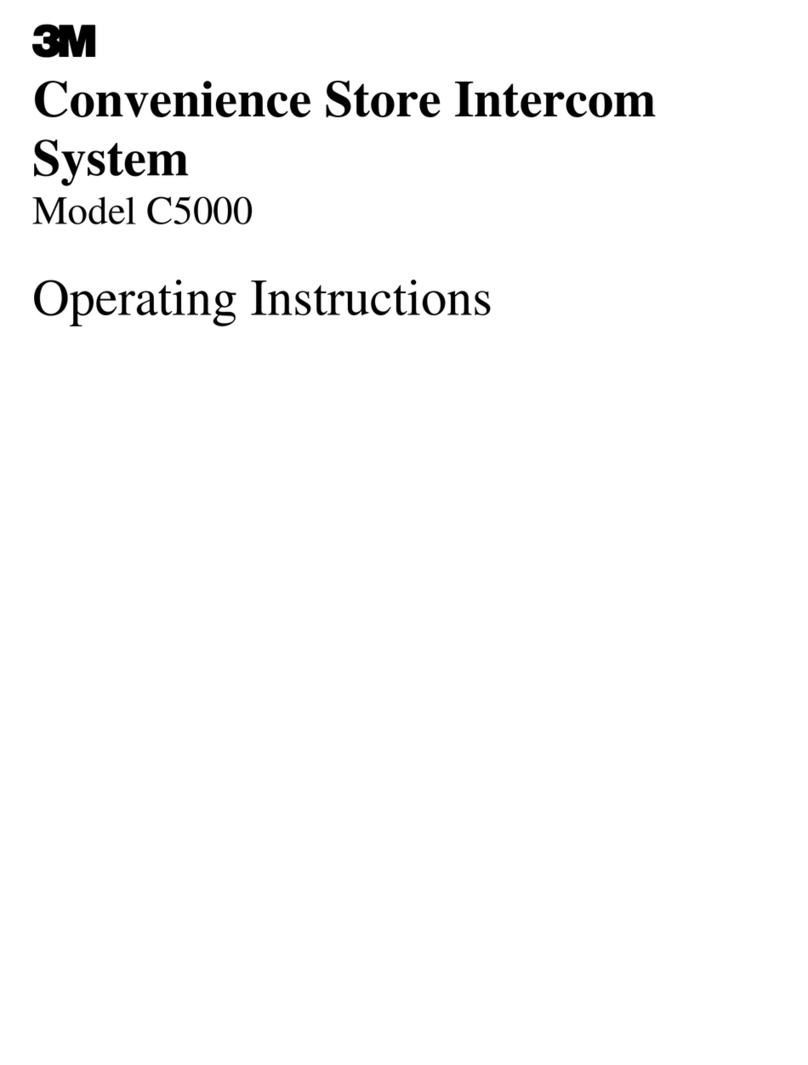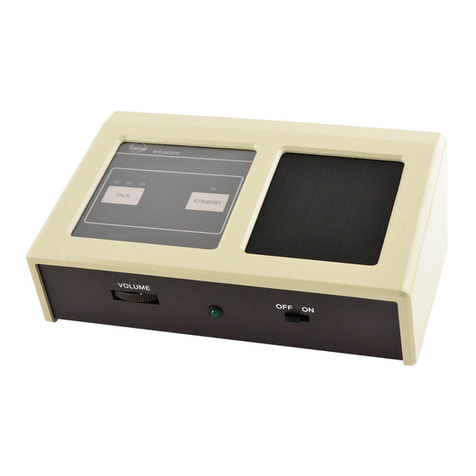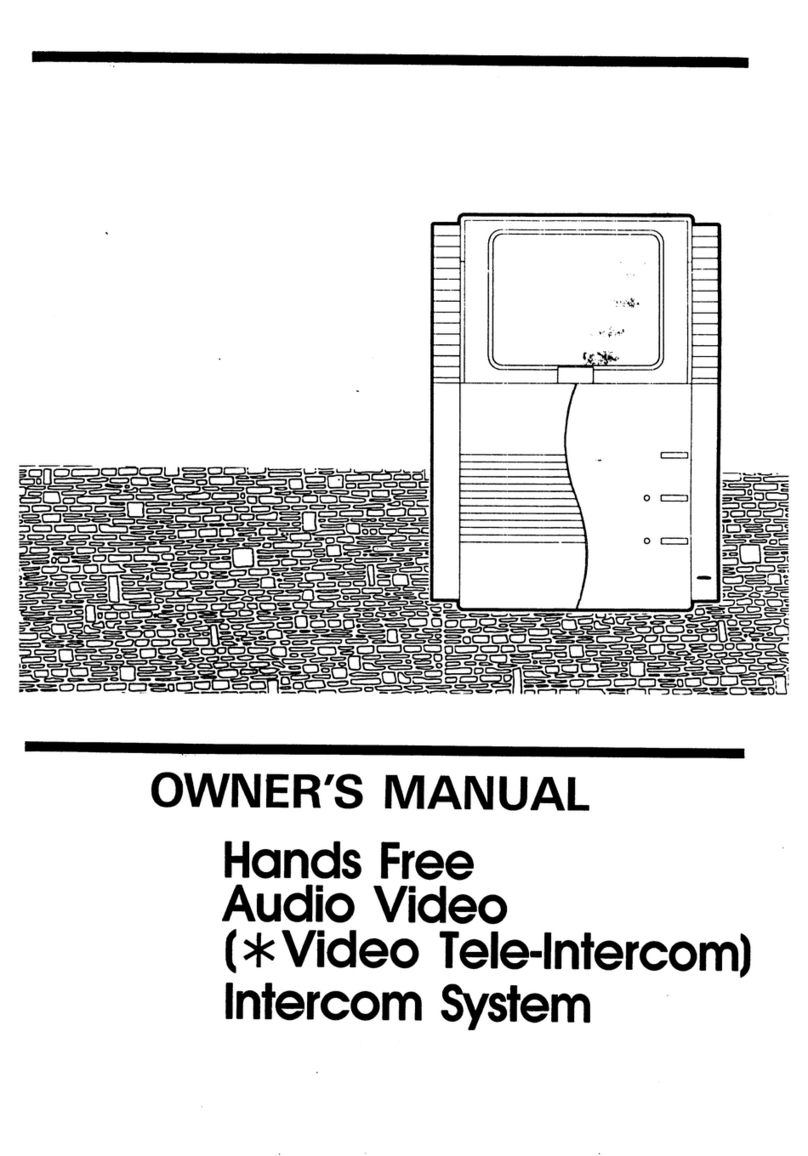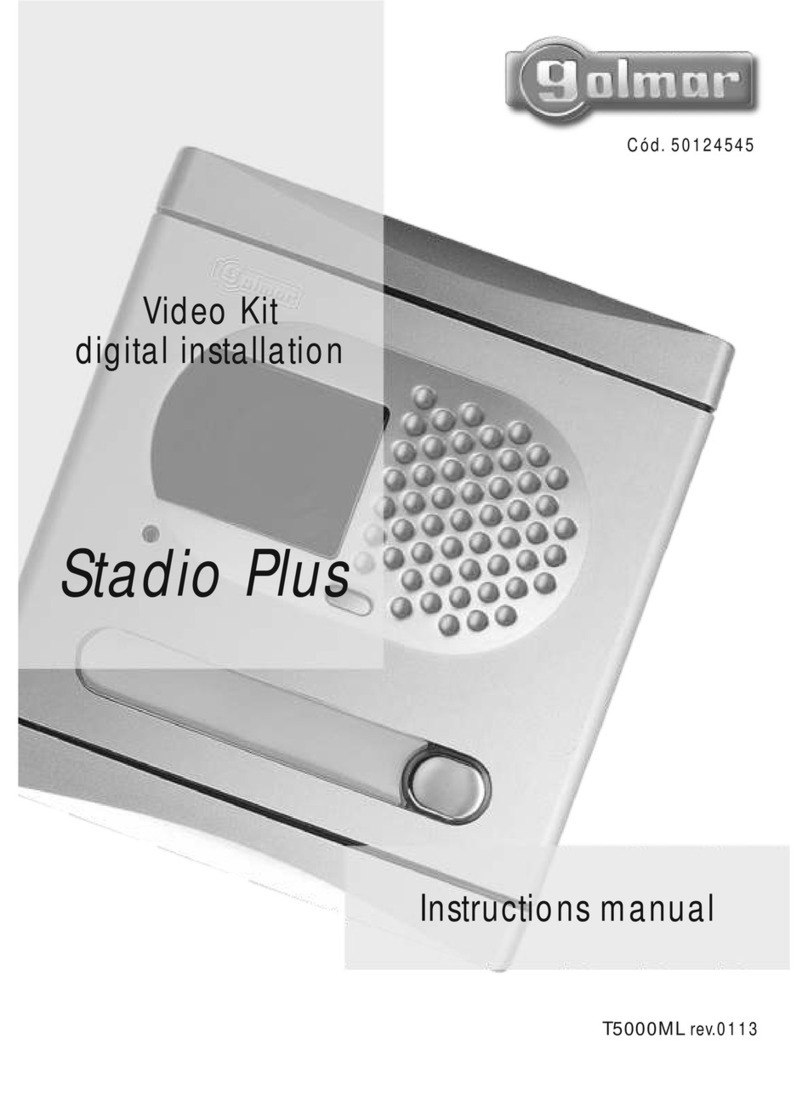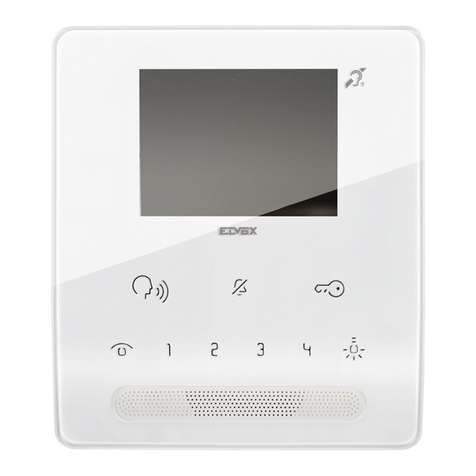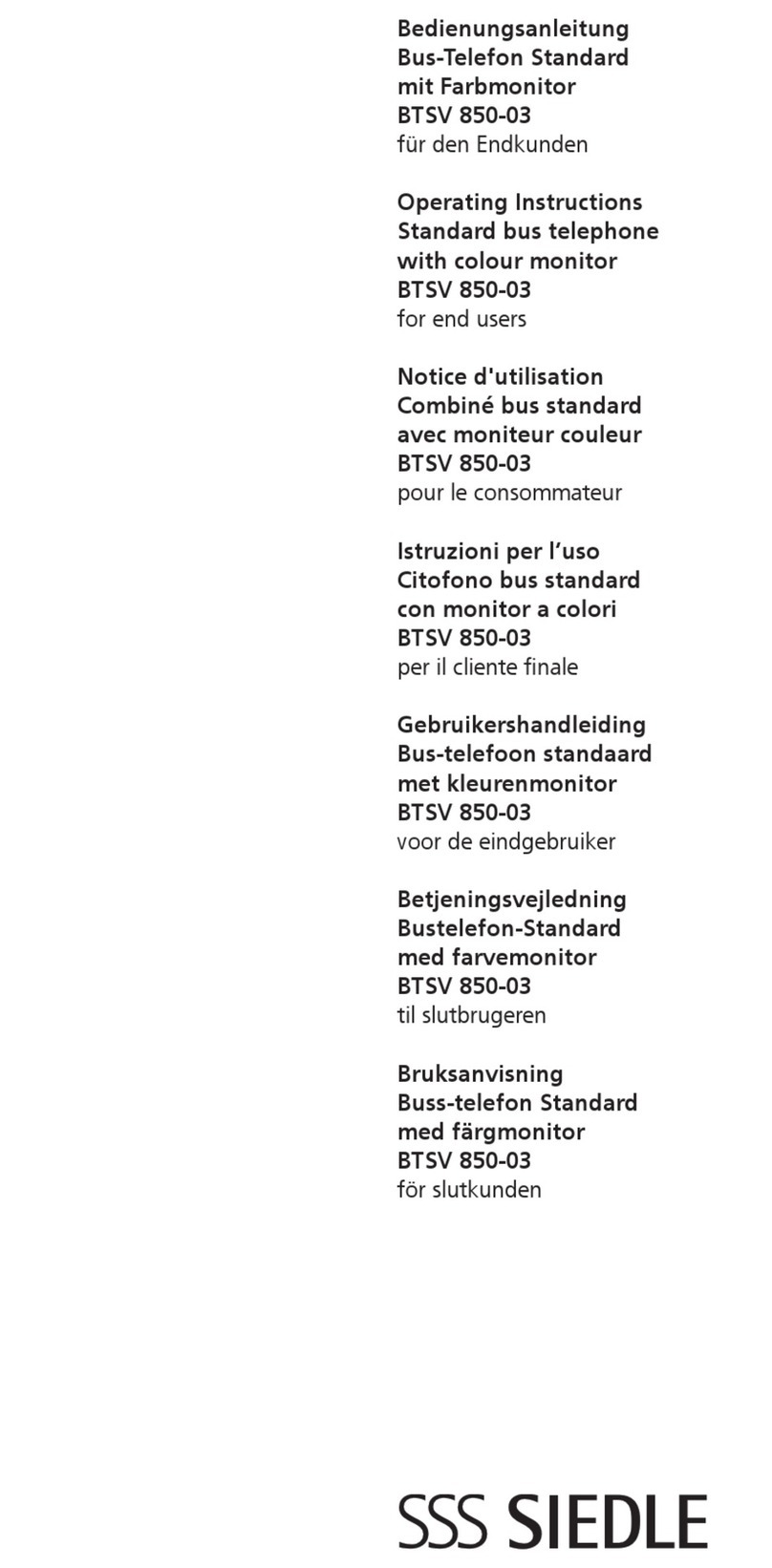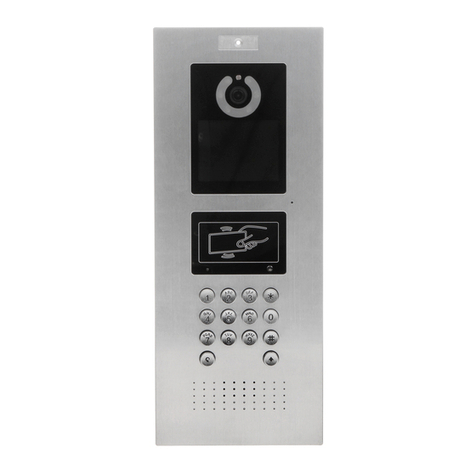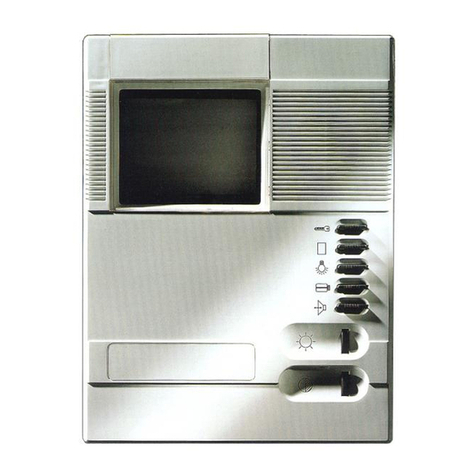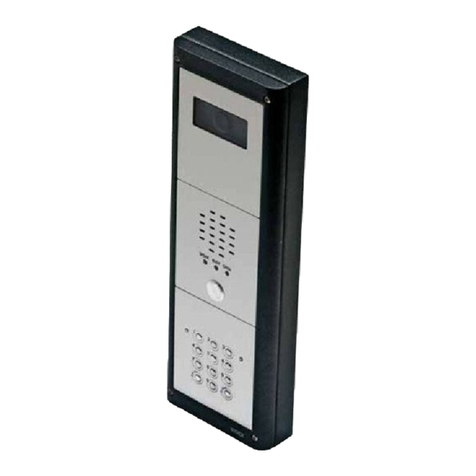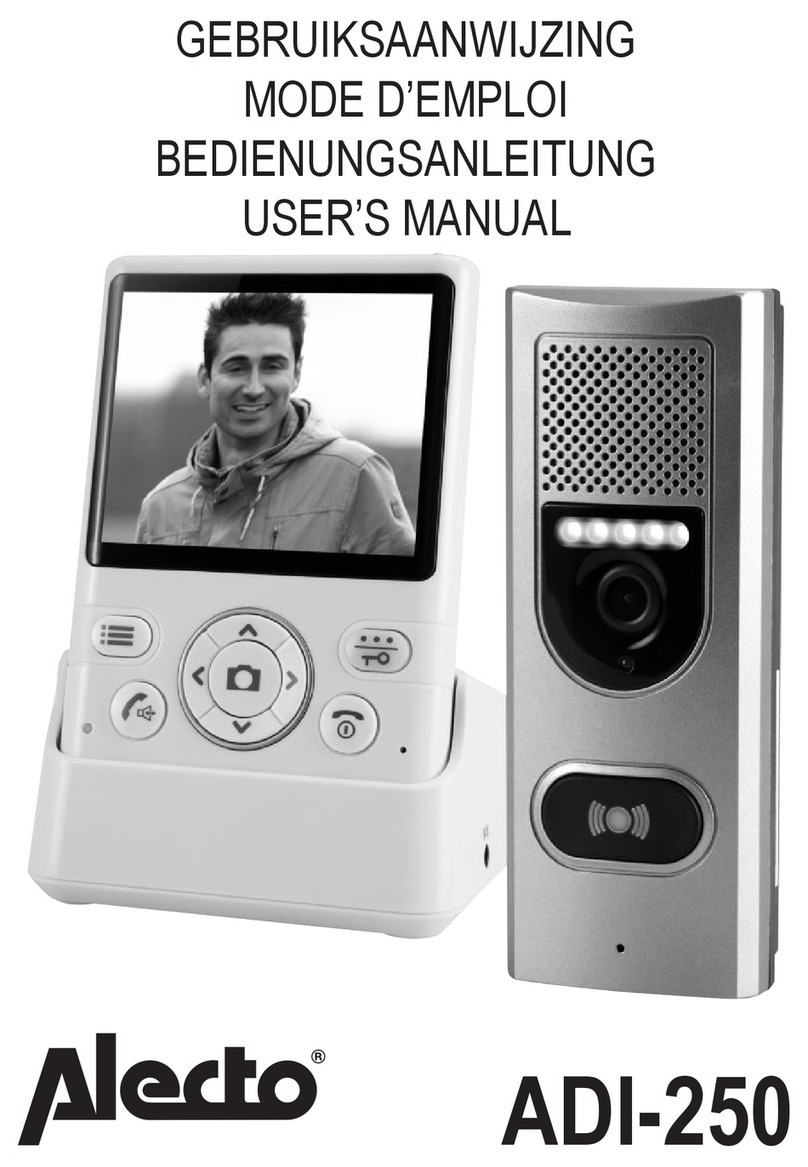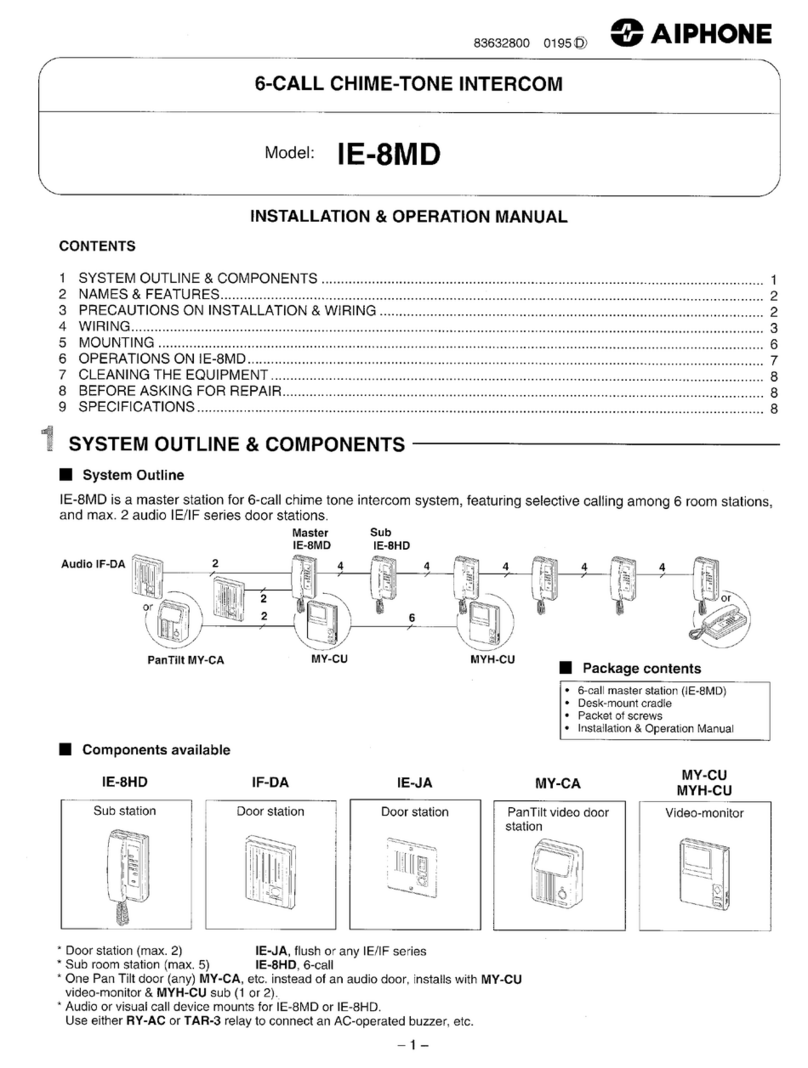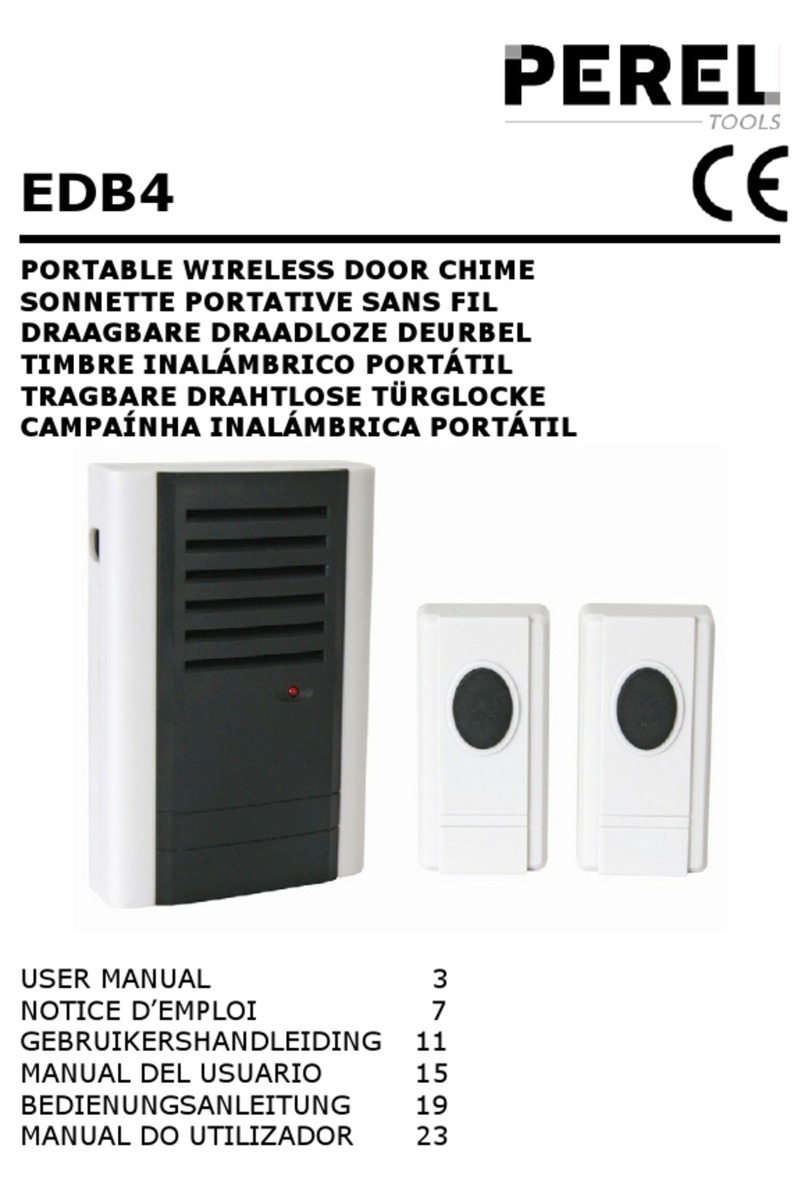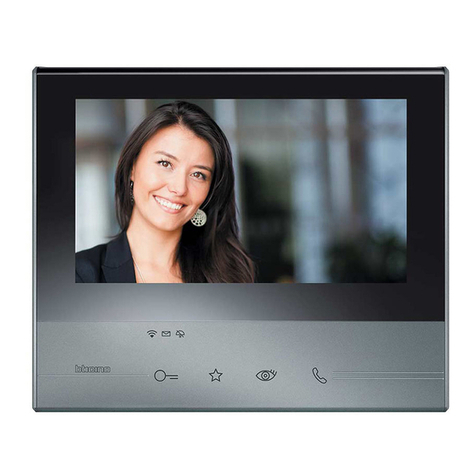
Model C1025 Table of Contents
©3M 2006 i
Intended Use ...................................................................................................................................iii
FCC Information............................................................................................................................iii
Service..............................................................................................................................................iii
System Descriptions .......................................................................................................................1
Introduction...........................................................................................................................................1
System Configurations..........................................................................................................................1
Single-Lane Standard Communication System.............................................................................1
Single-Lane Duplex Communication System...............................................................................1
Dual-Lane Standard Communication System...............................................................................1
Dual-Lane Duplex Communication System..................................................................................1
Cross-Lane Communication System.............................................................................................1
System Components..............................................................................................................................2
Base Station...................................................................................................................................2
Headset and Transceiver Pack.......................................................................................................2
Battery Charger.............................................................................................................................2
Controls and Indicators.................................................................................................................3
Base Station...................................................................................................................................................3
Headset and Transceiver Pack.......................................................................................................................4
Battery Chargers............................................................................................................................................6
System Setup...................................................................................................................................7
Introduction...........................................................................................................................................7
Attaching Tape Pull Tab to Type III Headset ...............................................................................7
Connecting the Headset to the Transceiver Pack..........................................................................7
Installing the Transceiver Pack.....................................................................................................8
Checking the Headset for Proper Fit.............................................................................................9
Adjusting Headband Size..............................................................................................................9
Positioning the Microphone..........................................................................................................9
System Operation...........................................................................................................................10
Turning On the Base Station.........................................................................................................10
Turning On the Transceiver Pack..................................................................................................10
Operating Modes...................................................................................................................................10
Standby Mode ...............................................................................................................................10
Talk/Listen Mode..........................................................................................................................10
Single-Lane Standard or Duplex Communication Systems ...................................................10
Dual-Lane Standard or Duplex Communication Systems......................................................10
Dual-Lane Duplex Cross-Lane Communication Systems......................................................11
Talk Lock Mode ("Hands Free")...................................................................................................11
Page Mode.....................................................................................................................................12
Page Monitor Mode.......................................................................................................................12
